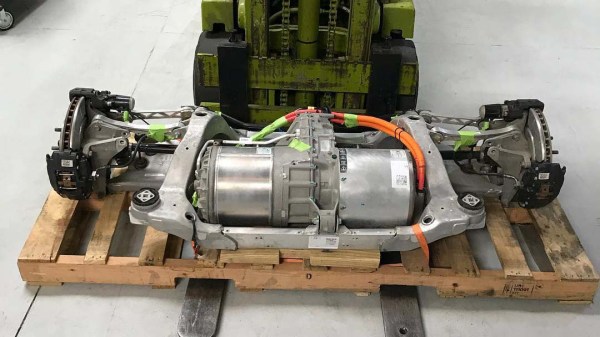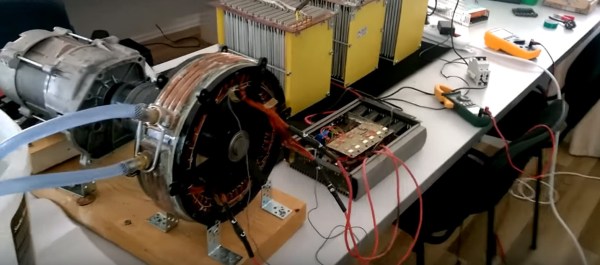Whether hardcore petrolheads like it or not, we appear to be living through the final years of the internal combustion engine. In many countries there are legislative timetables in place for their eventual phasing out, and even those which remain in production are subject to ever more stringent emissions legislation. If there’s a problem with the EVs with which we’re expected to replace our fossil fuel vehicles it’s the cost, those things are still very expensive. An Aussie student has an interesting idea that’s won the James Dyson Prize: a low cost conversion for existing vehicles that bolts onto their rear wheel hubs.
Electric conversion of fossil fuel cars is nothing new, indeed we’ve brought you news of units designed to replace the original engine and transmission. Neither are wheel hub motors new, but the difference with this system is that it doesn’t require significant mechanical modification to the vehicle. It retains the old engine, and this motor sits inside each rear wheel.
It almost seems too good to be true, but a closer reading shows the rotor bolted on one side to the old wheel hub and on the other side to the wheel. The stator meanwhile is bolted to the existing brake caliper mountings. This would lead to a slightly wider track and a greater unsprung weight, but we can see that it would work. Besides the motor there’s a battery pack for the spare wheel well and a set of electrically-powered systems to supply the brake servo vacuum and other services. The idea is that this whole kit could be fitted for 5000 Australian dollars, which is somewhere south of $3200 USD. It’s not perfect and it still involves hauling around the dead weight of an unused engine, but we can see it might still have a niche. If, and that’s a big if, it ever makes it to market, that is.

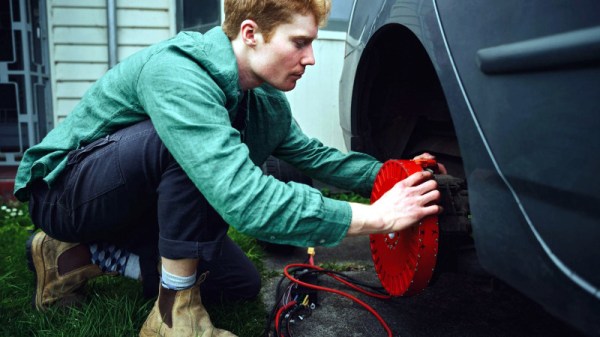
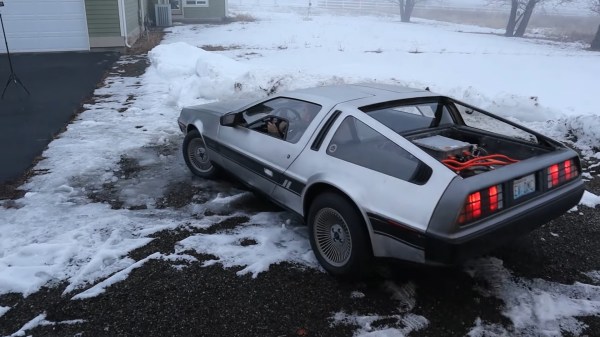
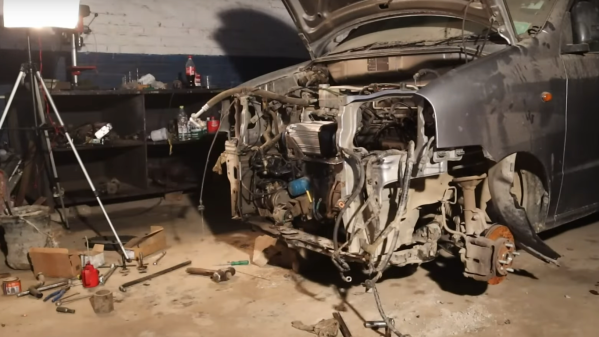
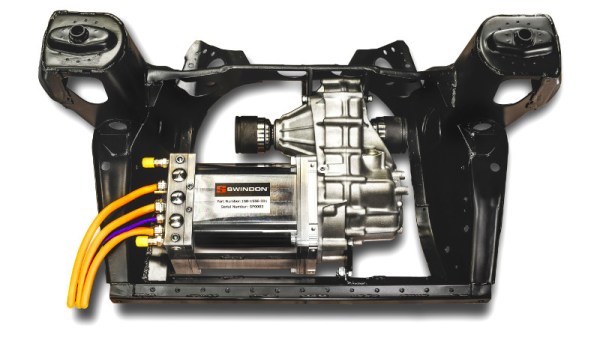
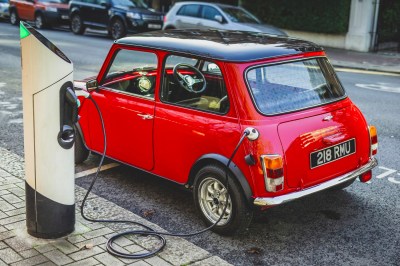

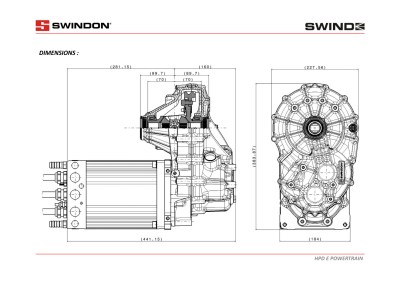 They provide
They provide 